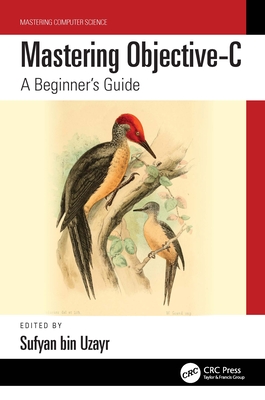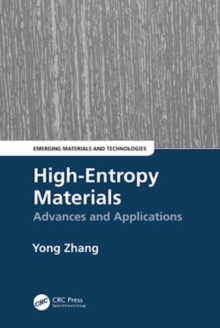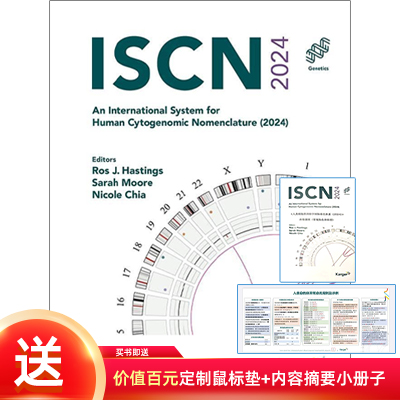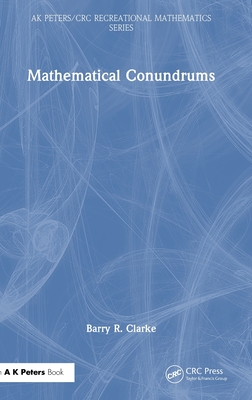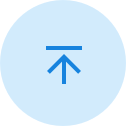图书简介
This volume thoroughly describes the fundamentals of a new multidisciplinary field of study that aims to deepen our understanding of the human body by combining medical image processing, mathematical analysis, and artificial intelligence. Multidisciplinary Computational Anatomy (MCA) offers an advanced diagnosis and therapeutic navigation system to help detect or predict human health problems from the micro-level to macro-level using a four-dimensional, dynamic approach to human anatomy: space, time, function, and pathology. Applying this dynamic and “living” approach in the clinical setting will promote better planning for – and more accurate, effective, and safe implementation of – medical management. Multidisciplinary Computational Anatomy will appeal not only to clinicians but also to a wide readership in various scientific fields such as basic science, engineering, image processing, and biomedical engineering. All chapters were written by respected specialists and feature abundant color illustrations. Moreover, the findings presented here share new insights into unresolved issues in the diagnosis and treatment of disease, and into the healthy human body.
Part I: Introduction: Perspectives toward MCA-based Medicine.- Ch 1: MCA: cancer detection, surgical and interventional sciences (David J Hawkes).- Part II: Basic Principles of MCA: Fundamental Theories and Techniques.- Ch 2: A Concept of Multi-disciplinary Computational Anatomy (MCA) (Yoshitaka Masutani).- Ch 3: Construction of Multi-Resolution Model of Pancreas Tumor (Hidekata Hontani).- Ch 4: Fundamental technologies for integration of multiscale spatiotemporal morphology in MCA (Akinobu Shimizu).- Ch 5: Fundamental technologies for integration and pathology in MCA (Yoshinobu Sato).- Part III: Basic Principles of MCA: Application Systems and Applied Techniques based on MCA Model.- Ch 6: Pre/intra-operative Diagnostic and Navigational Assistance Based on Multidisciplinary Computational Anatomy (Kensaku Mori).- Ch 7: Cancer diagnosis and prognosis assistance based on MCA (Noboru Niki).- Ch 8: Function integrated diagnostic assistance based on MCA models (Hiroshi Fujita).- Part IV: Basic Principles of MCA: Clinical and Scientific Application of MCA.- Ch 9: Clinical applications of MCA to surgery (Makoto Hashizum).- Ch 10: Clinical applications of MCA to diagnosis (Soji Kido).- Ch 11: Application of MCA across biomedical engineering (Etsuko Kobayashi).- Part V: New Frontier of Technology in Clinical Applications based on MCA Models: Lifelong Human Growth.- Ch 12: Three-dimensional analyses of human organogenesis (Tetsuya Takakuwa).- Ch 13: Skeletal system analysis during the human embryonic period based on MCA (Tetsuya Takakuwa).- Ch 14: MCA-based Embryology and Embryo Imaging (Shigeto Yamada).- Ch 15: Modeling of congenital heart malformations with a focus on topology (Ryou Haraguchi).- Part VI: New Frontier of Technology in Clinical Applications based on MCA Models: Tumor Growth.- Ch 16: A technique for measuring the 3D deformation of a multiphase structure to elucidate the mechanism of tumor invasion (Yasuyuki Morita).- Ch 17: Construction of classifier of tumore cell types of pancreas cancer based on pathological images using deep learning (Naoaki Ono).- Part VII: New Frontier of Technology in Clinical Applications based on MCA Models: Cranial Nervous System .- Ch 18: Multi-modal and multi-scale image registration for property analysis of brain tumor (Takashi Ohnishi).- Ch 19: Brain MRI image analysis technologies and its application to medical image analysis of Alzheimer’s diseases (Koichi Ito).- Ch 20: A computer aided support system for deep brain stimulation by multidisciplinary brain atlas database (Kenichi Morooka).- Ch 21: Integrating bio-metabolism and structural changes for the diagnosis of dementia (Yuichi Kimura).- Ch 22: Normalized Brain Datasets with Functional Information Predict the Glioma Surgery (Manabu Tamura).- Part VIII: New Frontier of Technology in Clinical Applications based on MCA Models: Cardio-respiratory System.- Ch 23: MCA analysis for the change in the cardiac fiber orientation under congestive heart failure (Toshiaki Akita).- Ch 24: Computerized evaluation of pulmonary function based on the rib and diaphragm motion by dynamic chest radiography (Rie Tanaka).- Ch 25: Computer-aided diagnosis of interstitial lung disease on high-resolution CT imaging parallel to the chest (Shingo Iwano).- Ch 26: Postoperative prediction of pulmonary resection based on MCA model by integrating the temporal responses and bio-mechanical functions (Fei Jiang).- Part IX: New Frontier of Technology in Clinical Applications based on MCA Models: Abdominal Organs.- Ch 27: Analysis in Three-dimensional Morphologies of Hepatic Microstructures in Hepatic Disease (Hiroto Shoji).- Ch 28: Quantitative Evaluation of Fatty Metamorphosis and Fibrosis of Liver Based on Models of Ultrasound and Light Propagation and its Application to Hepatic Disease Diagnosis (Tsuyoshi Shiina).- Ch 29: MCA analysis for hepatology~ Establishment
Trade Policy 买家须知
- 关于产品:
- ● 正版保障:本网站隶属于中国国际图书贸易集团公司,确保所有图书都是100%正版。
- ● 环保纸张:进口图书大多使用的都是环保轻型张,颜色偏黄,重量比较轻。
- ● 毛边版:即书翻页的地方,故意做成了参差不齐的样子,一般为精装版,更具收藏价值。
关于退换货:- 由于预订产品的特殊性,采购订单正式发订后,买方不得无故取消全部或部分产品的订购。
- 由于进口图书的特殊性,发生以下情况的,请直接拒收货物,由快递返回:
- ● 外包装破损/发错货/少发货/图书外观破损/图书配件不全(例如:光盘等)
并请在工作日通过电话400-008-1110联系我们。
- 签收后,如发生以下情况,请在签收后的5个工作日内联系客服办理退换货:
- ● 缺页/错页/错印/脱线
关于发货时间:- 一般情况下:
- ●【现货】 下单后48小时内由北京(库房)发出快递。
- ●【预订】【预售】下单后国外发货,到货时间预计5-8周左右,店铺默认中通快递,如需顺丰快递邮费到付。
- ● 需要开具发票的客户,发货时间可能在上述基础上再延后1-2个工作日(紧急发票需求,请联系010-68433105/3213);
- ● 如遇其他特殊原因,对发货时间有影响的,我们会第一时间在网站公告,敬请留意。
关于到货时间:- 由于进口图书入境入库后,都是委托第三方快递发货,所以我们只能保证在规定时间内发出,但无法为您保证确切的到货时间。
- ● 主要城市一般2-4天
- ● 偏远地区一般4-7天
关于接听咨询电话的时间:- 010-68433105/3213正常接听咨询电话的时间为:周一至周五上午8:30~下午5:00,周六、日及法定节假日休息,将无法接听来电,敬请谅解。
- 其它时间您也可以通过邮件联系我们:customer@readgo.cn,工作日会优先处理。
关于快递:- ● 已付款订单:主要由中通、宅急送负责派送,订单进度查询请拨打010-68433105/3213。
本书暂无推荐
本书暂无推荐

